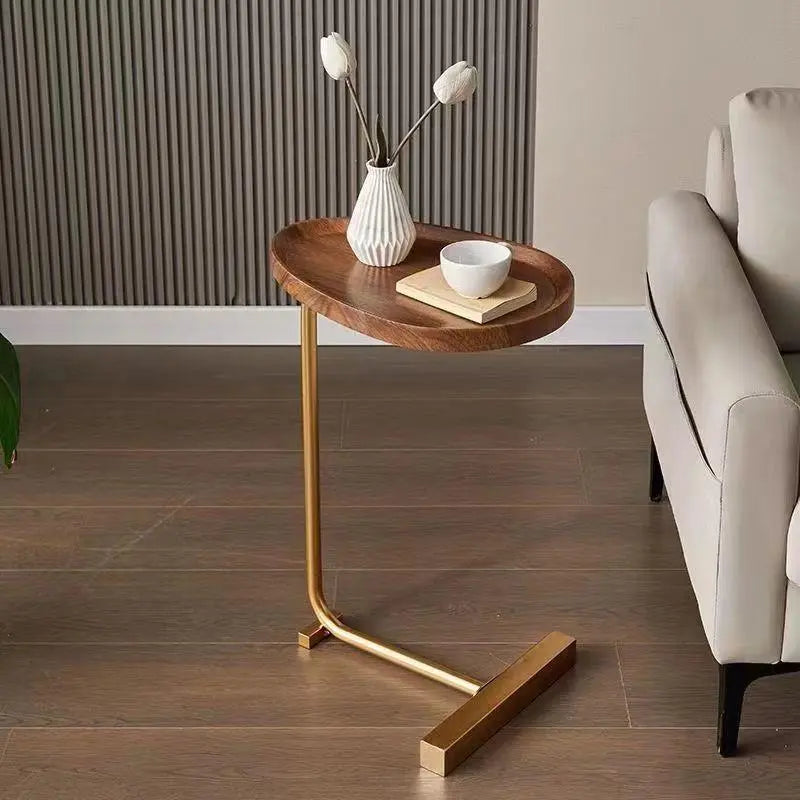
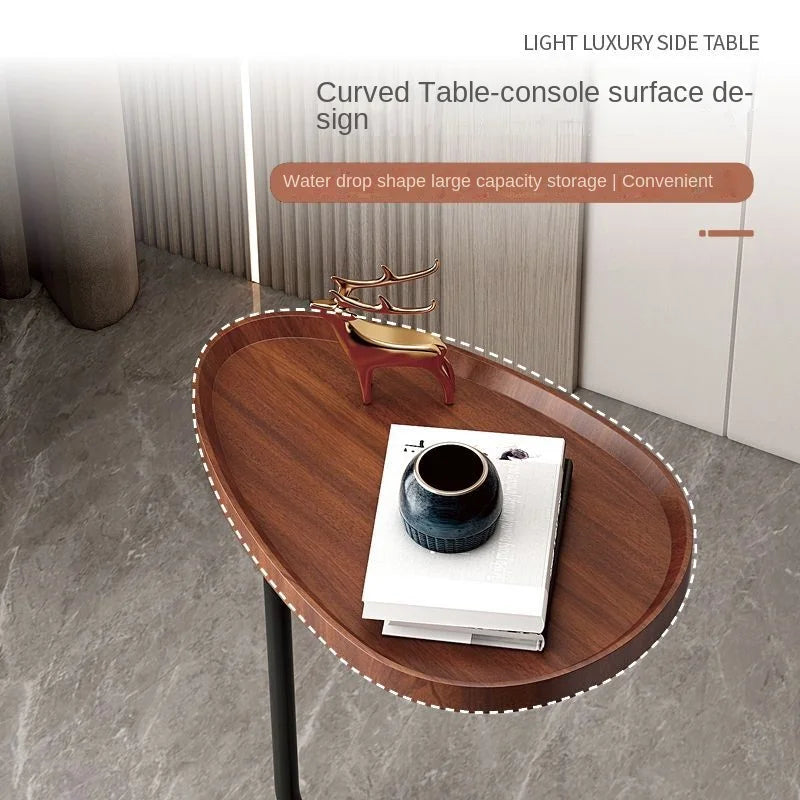
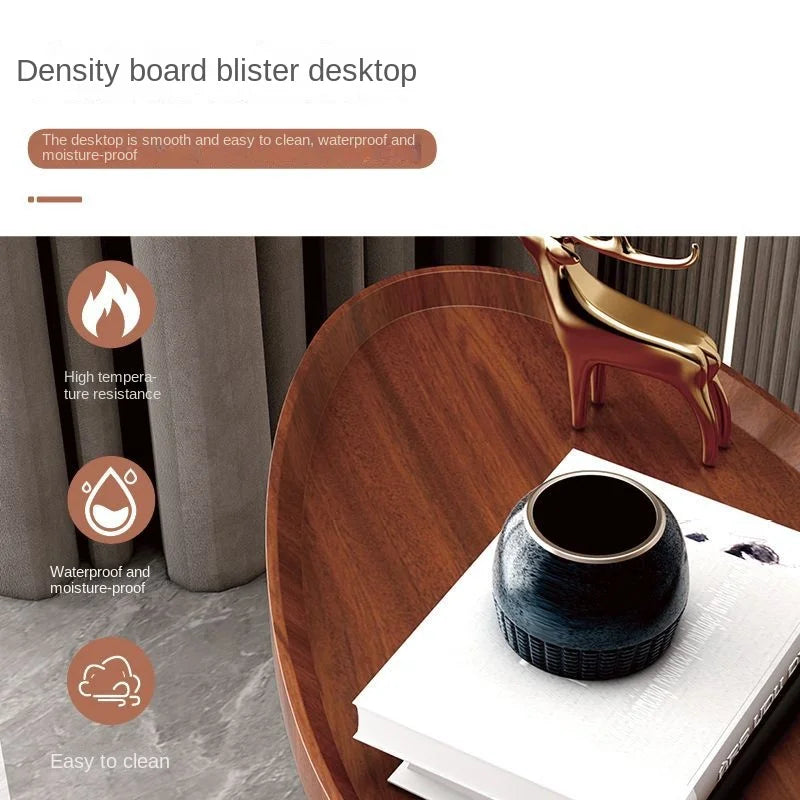
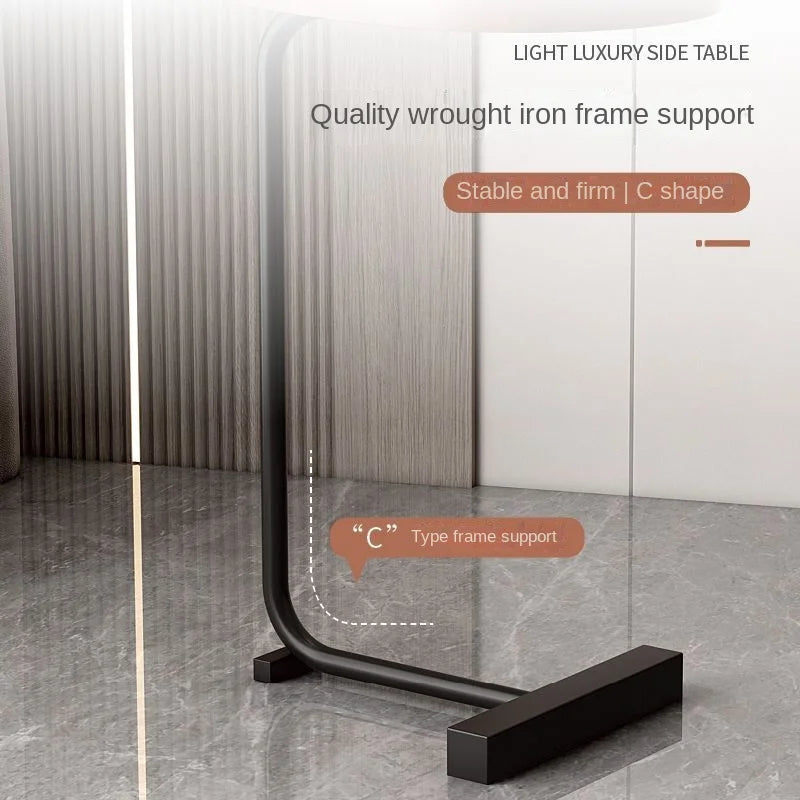
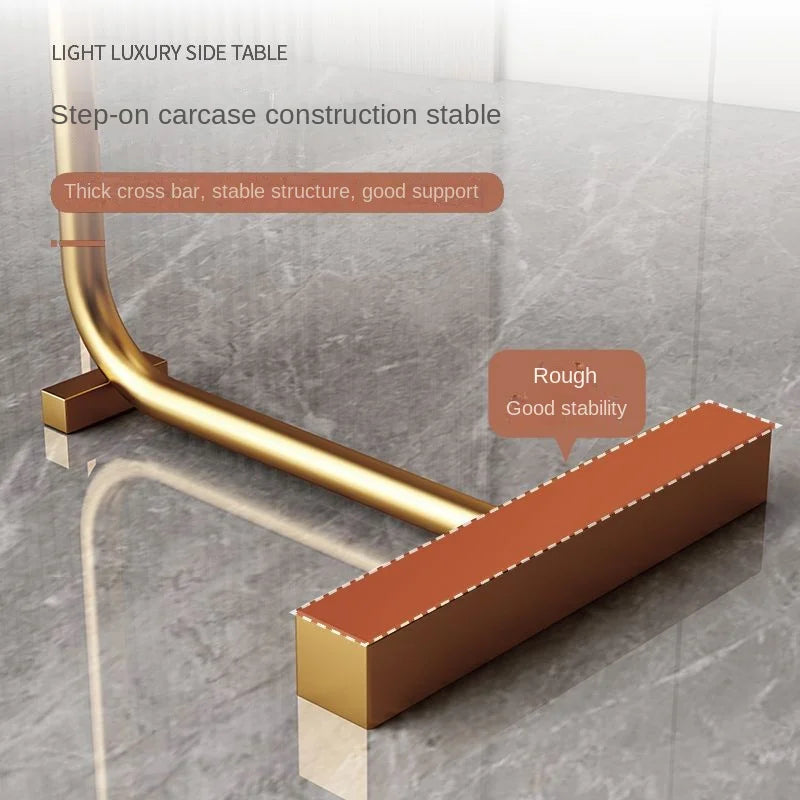
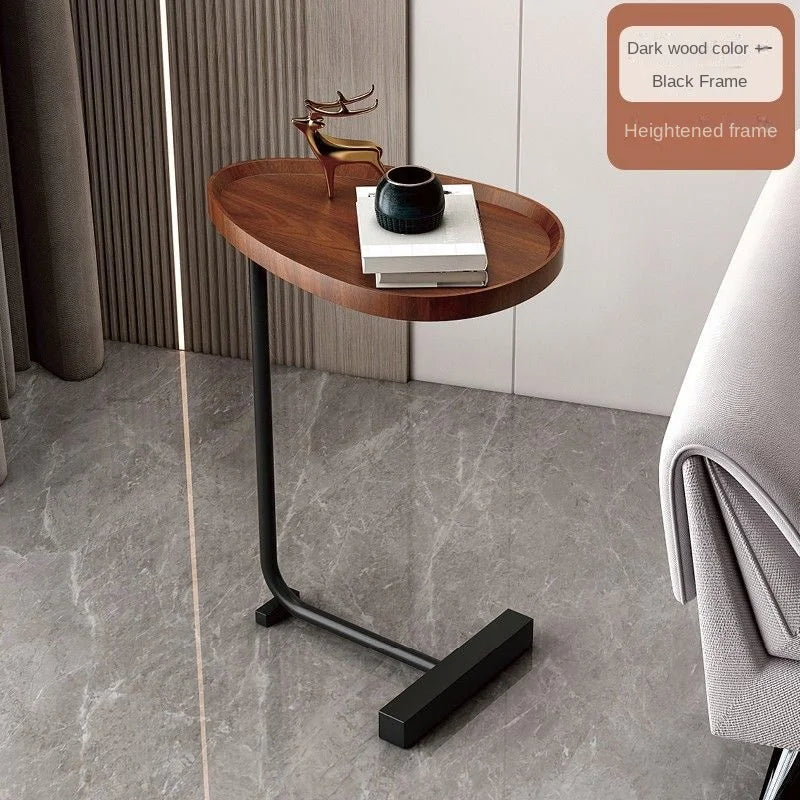
Side Table Small Coffee Table | end tables for living room
Description:
End tables for the living room are essential pieces of furniture that serve both functional and decorative purposes. Typically positioned beside sofas, chairs, or in corners, these tables offer a convenient surface for items like lamps, drinks, or decorative accents. The design of end tables can vary widely, ranging from sleek and modern to rustic or classic styles. They often feature a tabletop for practical use and a lower shelf or drawer for additional storage. The choice of materials, such as wood, metal, or glass, can contribute to the overall aesthetic of the living room. The size of end tables should be proportional to the seating they accompany, ensuring they neither overpower nor get lost in the room's layout. With their versatility, end tables become not only functional companions to seating but also opportunities to showcase personal style and enhance the overall design cohesion of the living space.
About:
End tables are essential and versatile pieces of furniture that add both functionality and style to a living room. These compact tables, typically placed beside sofas or chairs, serve as convenient surfaces for items like lamps, books, or drinks. The design of end tables can vary widely, ranging from traditional wooden styles to more contemporary metal and glass combinations. With an emphasis on practicality, end tables often feature shelves or drawers for extra storage, helping to keep the living space organized. The size of end tables can be tailored to fit the available space, ensuring they complement the overall layout of the room. Additionally, the aesthetic details, such as finishes and materials, can be chosen to harmonize with the existing decor, making end tables not just functional but also contributing to the overall aesthetic appeal of the living room. Whether serving as accent pieces or blending seamlessly into the design,
Specifications of end tables for living room:
When specifying end tables for a living room, it's important to consider various factors to ensure they complement the overall decor and meet your functional needs. Here are some specifications to consider:
-
Size:
- Specify the dimensions of the end tables, including height, width, and depth. Consider the available space and how the tables will fit in relation to other furniture.
-
Material:
- Define the material for the end tables. Common options include wood, metal, glass, or a combination of materials. The choice of material can significantly impact the style and durability of the tables.
-
Design and Style:
- Specify the design and style of the end tables. Whether you prefer a modern, traditional, rustic, or eclectic look, ensure that the design complements the overall aesthetic of the living room.
-
Finish:
- Define the finish of the end tables. This could include natural wood tones, painted finishes, metal finishes, or a combination. The finish should align with the color scheme and style of the living room.
-
Shape:
- Specify the shape of the end tables. Common shapes include square, rectangular, round, or oval. The choice of shape can depend on personal preference and the available space.
-
Storage:
- Indicate whether the end tables should have storage features such as drawers, shelves, or compartments. This is important for storing items like remote controls, magazines, or other living room essentials.
Worldwide shipping is now free for all orders.
We pack all orders by hand within 3 business days of ordering and we ship them the next business day. You will receive tracking info by email as soon as we ship your order.
9-15 business days delivery
Big items may take longer due to manufacturing and logistics time.
We offer a no-hassle 30-day refund policy on all our products. If you dont like your order due to any defect return them for a full refund, no questions asked.
Choose options






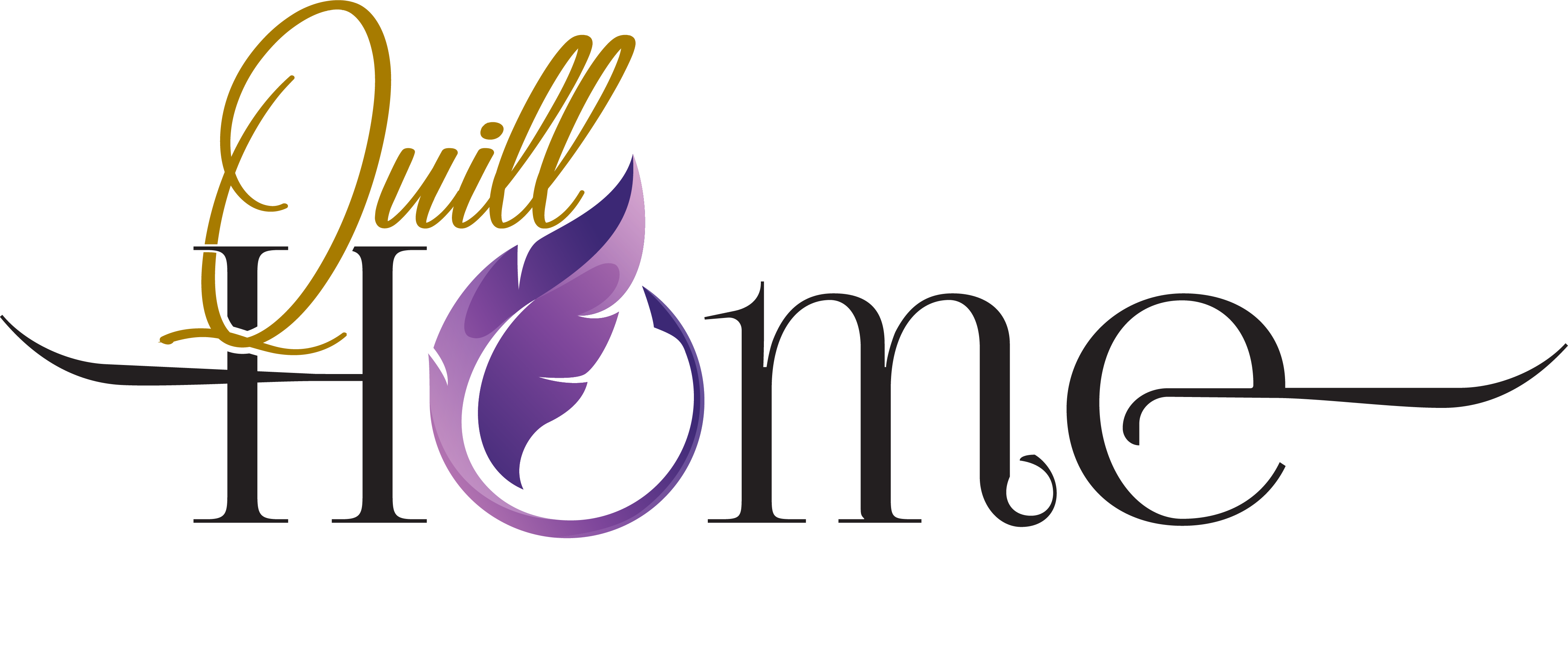
 SHIPPING INFO
SHIPPING INFO REFUNDS & RETURNS
REFUNDS & RETURNS
